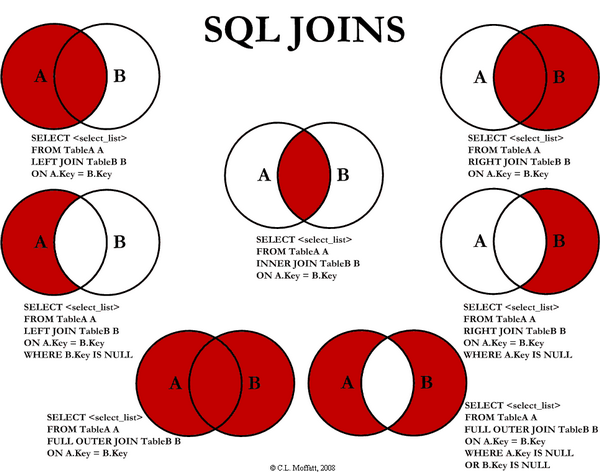Just wondering if anyone has any tricks (or tools) they use to visualize joins. You know, you write the perfect query, hit run, and after it's been running for 20 minutes, you realize you've probably created a cartesian join.
I sometimes have difficulty visualizing what's going to happen when I add another join statement and wondered if folks have different techniques they use when trying to put together lots of joins.
